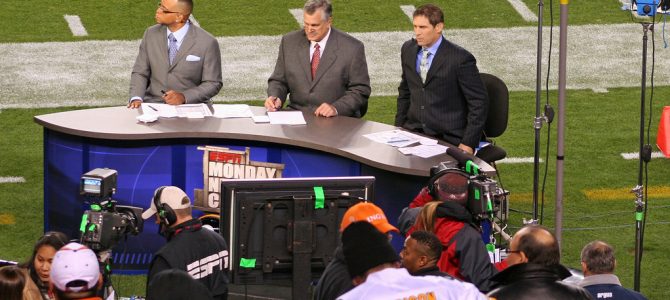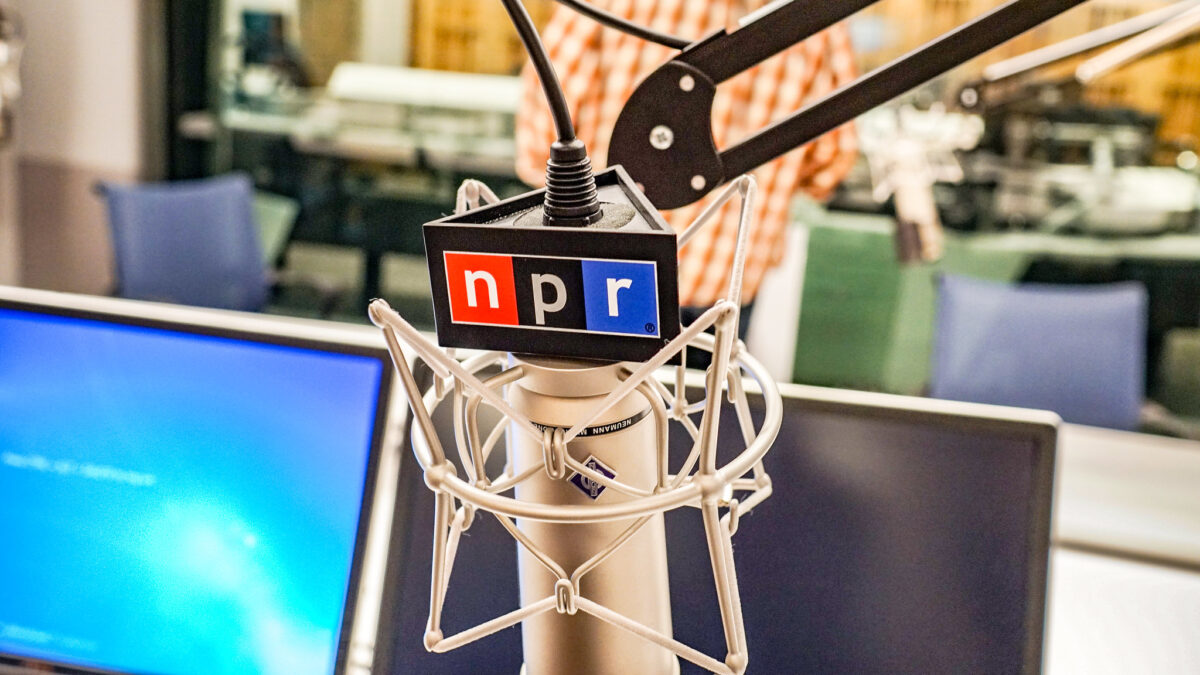
With all of the schadenfreude surrounding the ESPN layoffs Wednesday, there was a lot of speculation over exactly how much its recent leftward political tilt contributed to its troubles. The truth is that the network is caught in the throes of a perfect storm of market forces, government regulations, and increasing competition.
The Cable Bill is Too High
Yes, cable bills are too high and ESPN’s subscription rate is the highest in television. But more and more of your cable bill is a direct result of the demands of your local broadcaster. In 1992 broadcasters convinced Congress to place a provision in the Cable Television Consumer Protection and Competition Act to force cable and satellite companies to seek permission to retransmit the signals from the stations carried on their systems. For almost a decade it was used exclusively by the networks to demand carriage of their non-broadcast properties. That’s how Disney’s predecessor, Cap Cities/ABC, launched ESPN2 in 1993.
It wasn’t until 2005 that someone decided it was better to reach right into the pockets of the consumer and grab a piece of your cable bill. Barely a decade on, CBS recently announced that it passed $1 billion in revenue generated from retrans. Where once networks paid their affiliates to carry their programming, the stations are now paying the networks, and mostly out of those retransmission fees.
If you’ve ever lost access to your local affiliate right before a big event, it’s because they’re haggling over increased fees. Advertising and ratings no longer rule the roost as the sole method for monetizing television content. If it did, most networks would simply go out of business. Disney is just as complicit in this trend as anyone, but the corporate bosses at ESPN don’t control the ABC network or the demands of the ABC Station Group.
Deloitte just released a survey that shows that cord-cutting isn’t nearly as dire as reported. Cable companies are also major Internet service providers, and penetration has been steady since 2012. However, because of the rising costs of retransmission fees, operators have increasingly begun to offer tiers without the most expensive channels, namely ESPN and your local regional sports networks.
Obamacare Has Hurt ESPN’s Model
ESPN happily operated for decades crewing their event coverage with freelancers. With the advent of the Affordable Care Act and ever-growing federal deficits, the Obama administration put employers like ESPN with high numbers of “1099 workers” (named for the tax forms freelancers receive in lieu of form W-2) on notice. Hire them with benefits and withhold federal taxes, or face massive fines for the misclassification of workers.
Consequently, ESPN hired just enough workers to keep them up and running and in return forced thousands of freelancers into NABET (National Association of Broadcast Engineers and Technicians) under that union’s work agreement with ABC. Not only would the network’s tax bill soar, but they also had to stem the pressure from the demands of Obamacare. Additionally, ESPN was forced to offer payments to the Entertainment Industry Flex Plan for each day worked by their newly unionized workforce. This raised ESPN’s labor costs tremendously.
As a result ESPN began jettisoning longtime employees with massive layoffs in 2013, 2015, and again this week. It also meant investing in other ways to get games on the air, including bypassing the traditional on-site production model. Many times the events you are watching are being produced in ESPN studios in Bristol, Charlotte, and Orlando. Sometimes the announcers are not even on-site, just the cameramen, an audio engineer, and a tiny truck getting each camera to the studio via fiber link.
While less than 2 percent of ESPN’s output is created this way, the less than optimal viewing experience caused the network’s public editor to address the issue this past December. They are certainly not alone in this type of cost-cutting. Fox Sports 1 does a great deal of it and NBC did some of it for the Rio Olympics last summer.
Increased Competition
As the television universe has consolidated, Disney has not only found itself competing with the other broadcast networks for product, it now finds itself competing against the leagues themselves.
CBS formally rebranded the small college-oriented channel CSTV, which they purchased in 2002 as CBS Sports Network in 2011. NBC did the same with Versus (now NBC Sports Network) in 2012 when the Comcast merger brought that channel into the fold. Fox, who mainly concentrated on their regional sports networks, launched FS1 in 2013. All of these moves signaled to ESPN that bidding for major events was about to get very, very expensive.
They also found themselves bidding against the very leagues they were negotiating with. Every one of the four major professional sports leagues now operates its own cable channel. Events like the MLB Divisional Series, a property once held by ESPN, now belongs to the league’s own network.
Arguably, this has resulted in some bad deals. On second thought, it’s not even arguable. ESPN is now paying the NFL and MLB a combined $2.6 billion per year and gets a grand total of one postseason game from each. Worse yet, they agreed to simulcast the NFL wildcard game on ABC, which essentially gives away the product.
While we complain about ESPN’s leftward lurch, a great deal of its problems are simply the result of the free market that we love, the government regulation we detest, and simple human arrogance in the belief that our past successes indicate we have everything under control.









